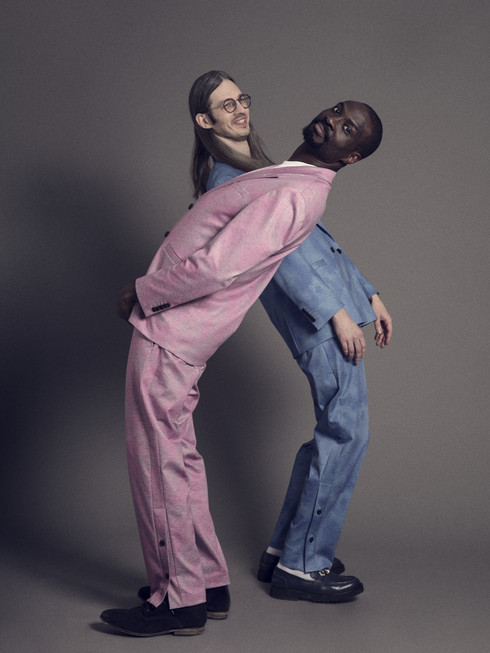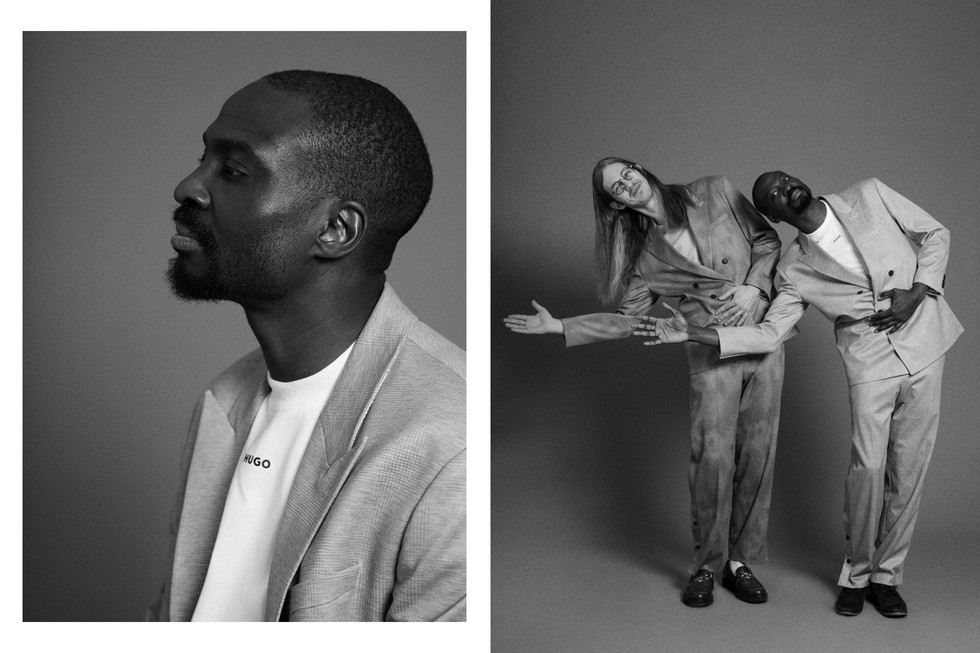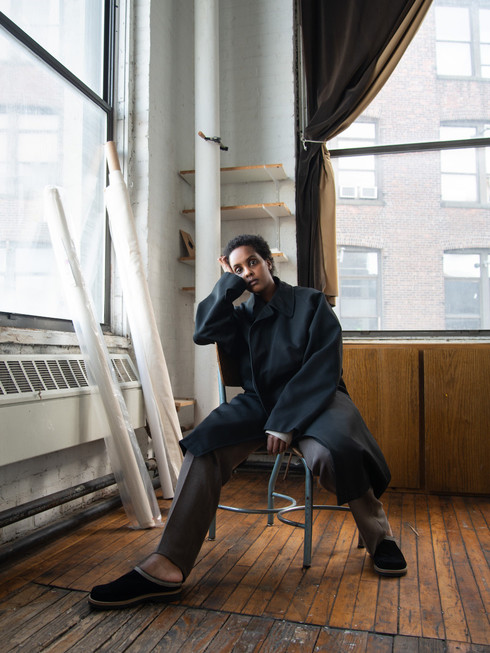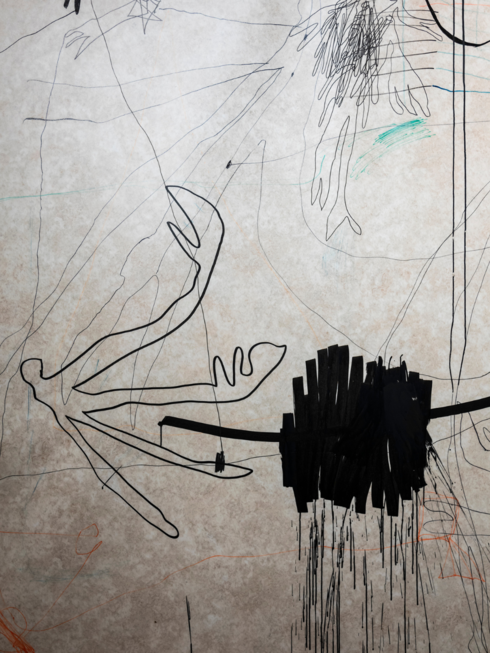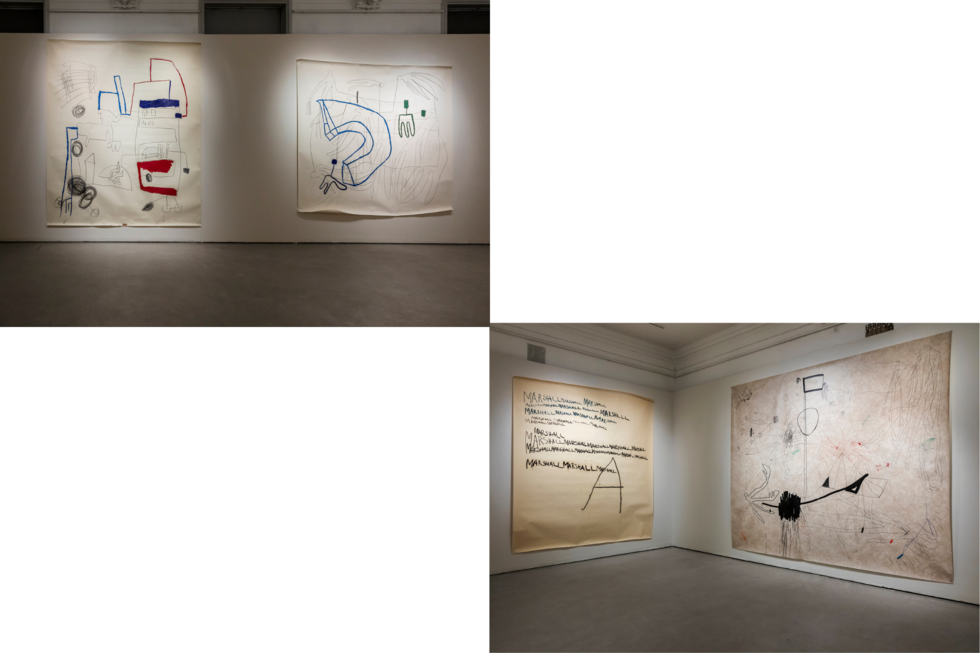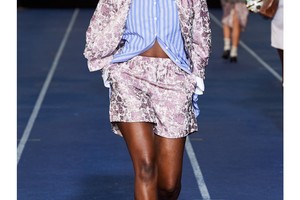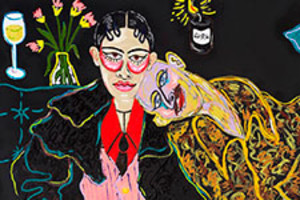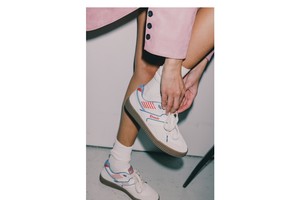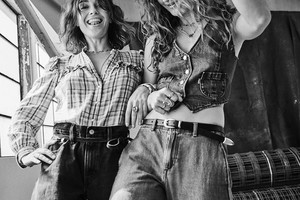Xavier Veilhan’s new exhibition “Crop Top” in Stockholm
Written by Fashion TalesWe are pleased to present Crop Top, a new exhibition by Xavier Veilhan. The opening takes place on February 22nd in Stockholm, Sweden from 17:00 to 20:00 at Linnégatan 31.
Xavier Veilhan’s multifaceted work encompasses sculpture, installation, painting, photography, as well as hybrids of the aforementioned and he is also engaged in performance work and filmmaking. Veilhan addresses issues of perception as well as the physical and temporal relationships created within the context of the exhibition format, often creating dedicated scenography. His work has been internationally exhibited at acclaimed institutions and he frequently works in the public space. At the 57th Venice Biennale in 2017, he transformed the French Pavilion into the critically recognized Studio Venezia.
In Crop Top, the organic and the digital converge, as do images and volumes. Starting from his series of “blurred” 3D scanned portraits, Veilhan wanted to abstract these works further as well as use materials that correspond with his newfound environmental focus. The material used in this exhibition is essentially raw wood: a renewable material that has been transformed. Most of the wood comes from the region of Sologne, where it is milled directly. Crop Top is also Veilhan’s first opportunity to experiment with a way of conceiving exhibitions that can travel by sea and the majority of the presented works have been brought to Stockholm by sailboat. This environmental and artistic project will develop through exhibitions and collaborations over several years and journeys, including transatlantic ones. The sea freight and the exhibition itself are two parts of a project which fuse as the reality of renting a sailboat, living on it and transporting artworks, meets the reality of the finished exhibition.
An initial inspiration for Crop Top was the lines and stripes of Tuscan churches composed in marble marquetry. The stripes and contrasting materials appear in the exhibition, most notably in the sculpture Stephen (Crop Top), 2023, from which the exhibition lends its title. Crop Top was chosen for its sound, its evocation of clothing and an arbitrary or artificial cut-off, as is the case of the previously mentioned sculpture whose top has been cut off and replaced by another piece of wood. Lines, stripes and mechanical traces are also left in the materials by the tools used in the production process.
The exhibition explores different degrees of representation between the physical presence of the object and the virtual existence of the image with an idea of deconstruction - whether sculptural or statuary. This tension in the transition between image and object is present in Veilhan’s marqueteries and in the new abstracted landscape works. A gradual shift from individual objects to a greater whole is taking place as individually coloured wooden pieces are assembled together, and when completed, gives shape to a new motif.
Xavier Veilhan was born in 1963 in France, and lives and works in Paris, France.


